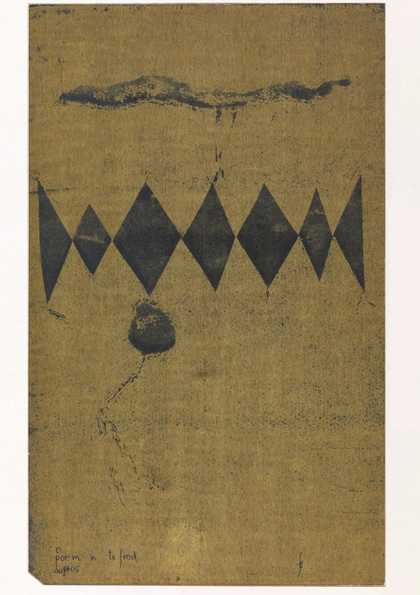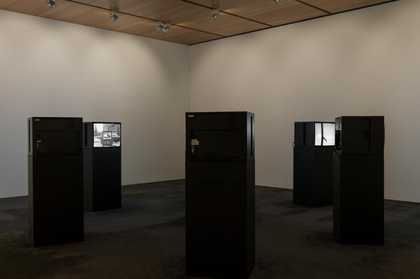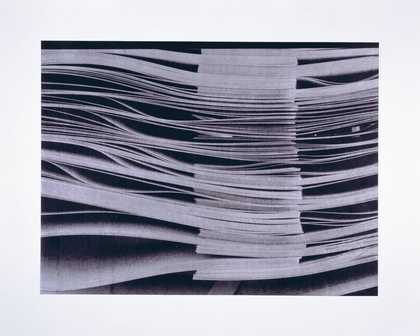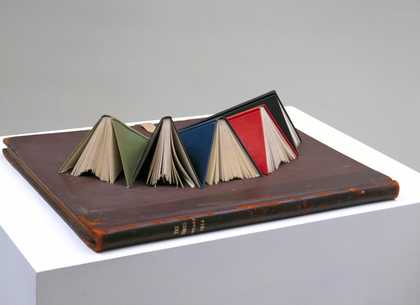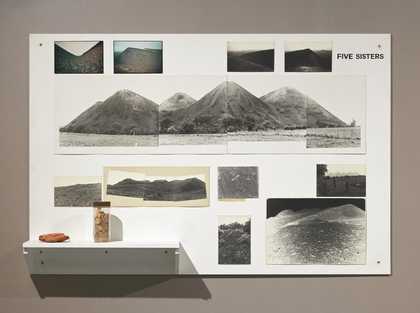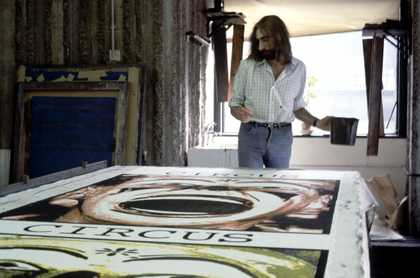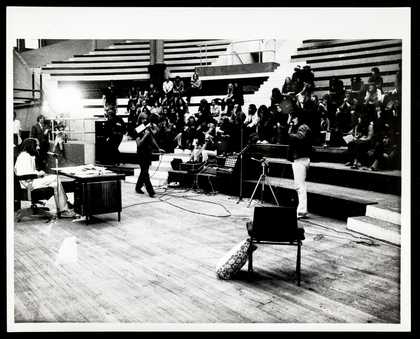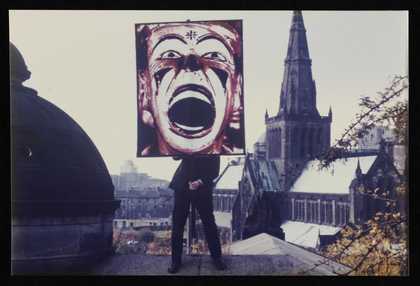The APG, founded by Barbara Steveni with her husband John Latham, emerged from the idea that artists are a human resource underused by society. Artists are isolated from the public by the gallery system, and in the ghetto of the art world are shielded from the mundane realities of industry commerce and government. The idea was that artists, designated Incidental Persons by Latham, would bring completely alternative ways of seeing and thinking to bear on the organisations they were placed in. APG would thus recognise the artist’s outsider status and turn it to positive social advantage.
In 1966 Steveni and John Latham were joined by Jeffrey Shaw and Barry Flanagan, soon followed by David Hall and Ian MacDonald Munro. Among the placements made by APG was one in 1975–6 of Latham himself at the Scottish Office in Edinburgh. This resulted in radical proposals for the future of the huge industrial spoil tips, known as bings, found in the region. Latham proposed retaining them as works of art and marking them with beacons.
APG staged a major exhibition at the Hayward Gallery, London, in 1971. the group continued until 1989 when it was reconstituted as O+I (Organisation and Imagination). In 2004 Tate purchased the APG archives.

